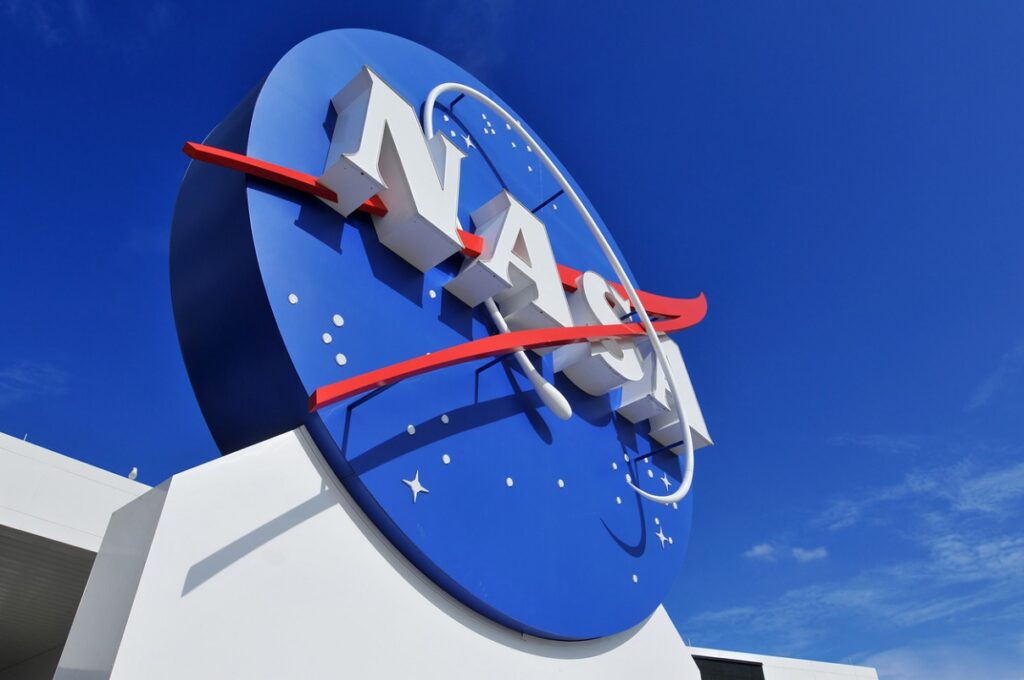Success begets success, as the saying goes, but it can also ironically set the stage for avoidable mistakes and failures. Worse, greater success strengthens the influences that create this risk. This is true for an organization as it achieves more and more impressive wins, and it is just as true for each of us individually as we are promoted up the management chain.
However, succeeding our way to failure doesn’t have to be inevitable, and forewarned is a critical first step to being forearmed.
For a glaring organizational example, consider NASA’s experience in human spaceflight. From Project Mercury in the early 1960s to landing on the Moon in 1969, building Skylab, 30 years of Space Shuttle missions, and constructing the International Space Station in orbit, each mission led to more difficult challenges, and the successes became ever more impressive.
And yet, this world-renowned epitome of high-performing and successful organizations suffered three failures that cost astronauts’ lives: Apollo-1, Challenger, and Columbia.
Before each accident, as we racked up new successes, NASA grew increasingly experienced, skilled, and confident. Our confidence became cockiness, and the resulting carelessness led to glossing over some issues and concerns. Risks were sometimes ignored or accepted based on previous experience (we’ve taken this risk successfully before, so it must be safe).
After all, who better to shoot from the hip than this team of accomplished veterans from such a dangerous and difficult enterprise? What other team could lay legitimate claim to similarly astounding achievement?
Except that it is never previous experience that solves today’s problems. As well-earned confidence leads us away from deliberate decision-making, our unintentional hubris also leads us away from careful risk management. In this way, NASA gradually ignored obvious (and known) warning signs until it was too late, we failed, and 17 people lost their lives.
Some may find it difficult to apply organizational lessons from spaceflight to other, less dramatic lines of work. Consider instead two U.S. Navy mishaps this year, in which the USS John S. McCain and USS Fitzgerald each caused “preventable” collisions with civilian ships at sea.
The formal investigation concluded that “no single person bears full responsibility” for either incident, both of which were attributed to deficient training, maintenance, and seamanship.
Rather than coming as a surprise, these growing deficiencies had been reported aboard many of the U.S. Navy’s ships for years.
The reports had led to little or no action from the Navy, however. After all, this fleet and these ships have been doing what they do for a very long time and know what they’re doing (we’ve taken this risk successfully before, so it must be safe).
As in NASA’s experience, the U.S. Navy ignored obvious (and known) warning signs until it was too late, their own ships caused accidents, and 17 sailors lost their lives.
For a more obvious business example, look no further than Arthur Andersen.
In 2001, they were a $9-billion company with 85,000 employees worldwide and were considered a gold standard for integrity and financial auditing. In the previous several years, however, Andersen did not disclose the fraudulent accounting practices of one of their top customers, Enron. In 2002, the actions of a small number of Andersen employees during that scandal resulted in felony convictions, and Arthur Andersen surrendered its CPA license.
Although the U.S. Supreme Court overturned the company’s conviction in 2005, the damage to their reputation as trusted auditors was irreparable, they were down to only 200 employees, and they were never able to return to business.
Once again, an experienced team of executives ignored the obvious (and known) warning signs until it was too late, Andersen went down with Enron, destroying a century-old legacy and their employees’ livelihood.
The reminder to any team or business is to beware the trap that your previous successes can set.
Listen for signs that the rules no longer apply because your team has become so good; or that risks and concerns aren’t important because your previous success makes you bullet-proof, rather than because you’ve deliberately discussed them and made informed decisions. Be the leadership voice to continue carrying lessons forward and hold the team accountable.
Retain this paranoia that the organization could fall victim to its own success rather than accomplishing even more.
Whether failure means blowing up rockets, crashing ships, or bankrupting a company, it is waiting for the next successful organization that forgets what it takes to be successful and assumes that success itself is simply something they do.
To learn more insights from Mission Control that can help your business, read Paul’s book, Mission Control Management, (also published in the US and Canada as Leadership from the Mission Control Room to the Boardroom). Connect with Paul for workshops and talks at AtlasExec.com.








